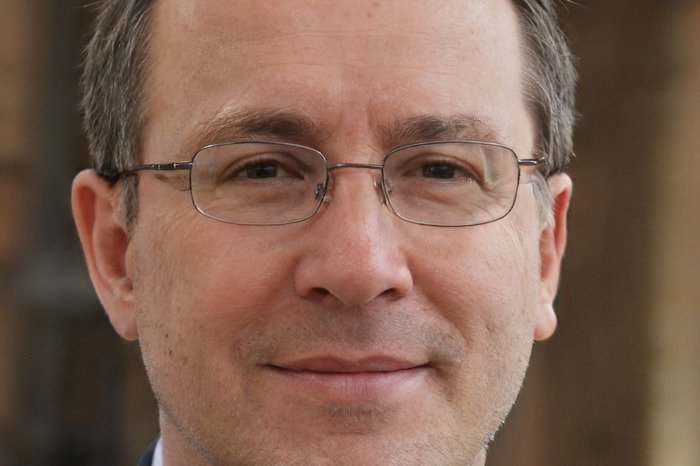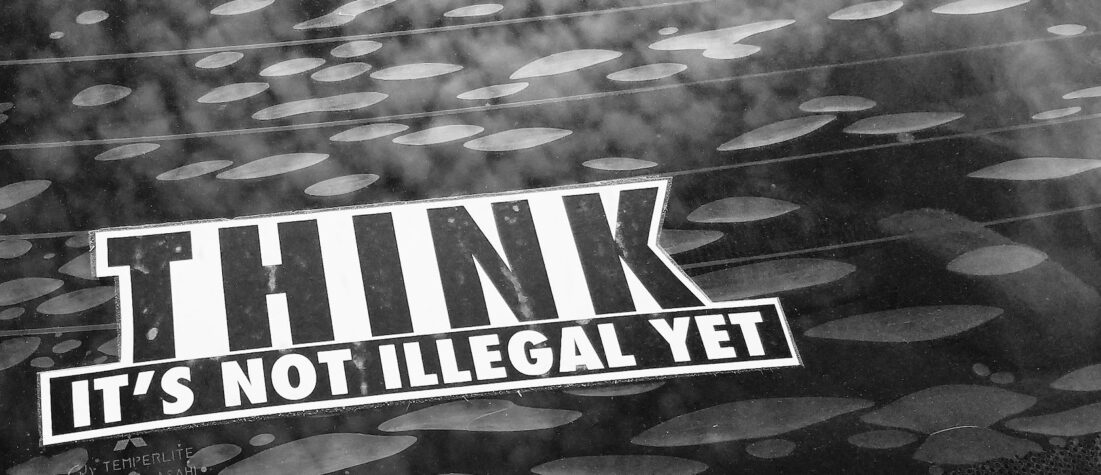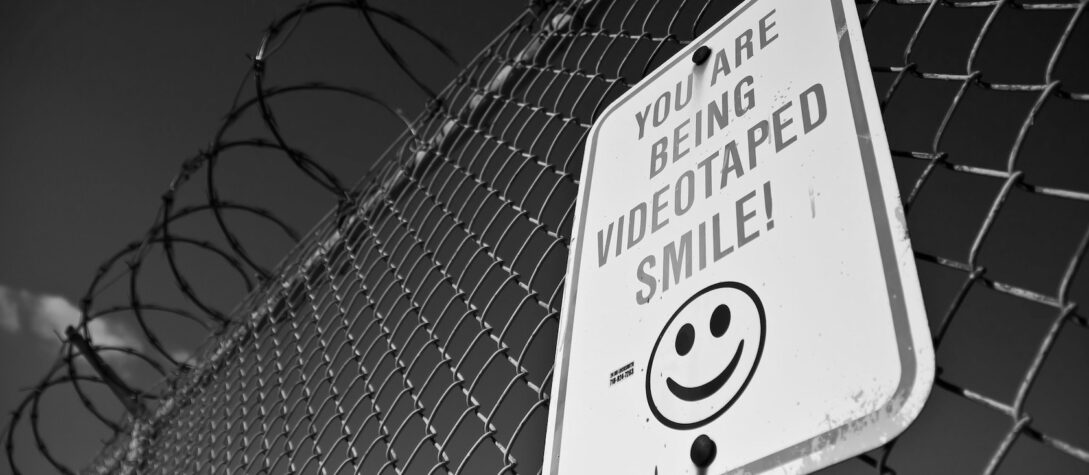
Explora Articles Fear less to understand more. Understand more to fear less.
February 5, 2024 9 min
Fear less to understand more. Understand more to fear less.
Al igual que en el mar el conocimiento y el respeto por las corrientes pueden salvar vidas, en el mundo de la empresa y en el mundo del trabajo, comprender y aprender a navegar las complejidades de nuestro tiempo es esencial para avanzar hacia un futuro más seguro y próspero.


Every year, people drown at beaches because of a marine phenomenon called ‘rip currents’. These are surface currents through which water returns to the sea after waves have broken against the beach. This is what we colloquially know as a ‘rip tide’ or ‘undertow’. The risk of these currents, and the reason they cause so many deaths on beaches around the world year after year, is not that the current drags the swimmer out to sea, but rather how the person reacts when they notice the current pulling them away from the shore. The person might get scared and try to swim back to shore directly towards the beach, but they don’t realize that they are swimming against the current. They become nervous when they see no progress, paddle even harder, and soon become exhausted and end up sinking.”
What can we do to prevent these tragedies? On some beaches, there are signs with recommendations for swimmers. What one should never do is swim against the current towards the beach. The best tactic is to swim parallel to the shore to escape the current and, if this is not possible because the current is too strong, let ourselves be carried by it until it weakens (generally, it’s a matter of tens of meters) and then, if we do not feel strong enough to swim back to the beach, wave our arms to ask for help.
In any case, the first thing is to stay calm and not to start paddling with all our strength. If we manage to remain calm and lift our heads, and look towards the shore and the sides, we will understand the situation. We will realize that we are caught in the rip current, but it will also be easy for us to locate the areas of the shore with more foam, which is where it is easier to return to land.
What is the reason for this story? The reason is that lately, when I observe how people behave in their jobs at some companies, often starting with their own leaders, the image of a group of swimmers caught in one of these rip currents comes to mind. We live in a scenario of ‘polycrisis’, subject to risks of very different natures but interconnected, which, if materialized, can provoke chain reactions with consequences difficult to anticipate. Just like a rip current at a beach, they can drag us in unexpected directions. It’s a complex and uncertain environment which people often face not from the best position but immersed in an avalanche of information competing for their attention, where it is very difficult to separate the signal from the noise. A state of ‘infoxication’ exacerbated by the power of social media to absorb our attention. In this regard, it is very significant that the American Dialect Society has chosen ‘enshittification’ as the word of the year 2023. This is a term that became popular after Cory Doctorow used it in his blog Pluralistic to describe the progressive degradation of the quality of content and service of digital platforms that millions of people are hooked on and through which they receive information that shapes their opinions. “Here is how platforms die: first, they are good to their users; then they abuse their users to make things better for their business customers; finally, they abuse those business customers to claw back all the value for themselves. Then, they die. I call this enshittification,” Doctorow argued in his post.
The problem is that things can now get worse due to the ability of generative artificial intelligence to produce enormous volumes of highly convincing content, making it even more difficult for us to separate the true from the false. This is one of the reasons why, in the 2024 World Economic Forum’s Global Risks Report, disinformation and misinformation top the ranking of the greatest risks that citizens of the planet will be subjected to in the next two years. We also see this in the latest edition of the Edelman Trust Barometer, the report that this communications agency prepares each year to measure the trust that citizens from different countries around the world place in various institutions. Six out of ten citizens believe that government leaders, business leaders, and journalists are trying to deliberately deceive them by ‘spreading false information or gross exaggerations’.
All of this takes a toll on people’s health and well-being. Last year, in its Consumer Trends Report for 2023, the market intelligence agency Mintel introduced the concept of ‘hyper-fatigue’ as one of these trends. The report explained how successive crises, the pandemic, rising cost of living, the energy crisis, geopolitical instability, and the climate crisis were taking a toll on consumers. We live overwhelmed by a continuous bombardment of digital content that pulls our brains in different directions and exhausts us physically, mentally, and emotionally, to the point that many people say they are too tired to make healthy changes in their diet and other lifestyle habits. There are even those who say they are so tired they would prefer to sleep an extra hour rather than spend it with family or friends, which can isolate us even more and worsen the situation. That is, we are too tired to do something about our tiredness, and this leads to a vicious circle of fatigue-induced self-sabotage, which leads to more fatigue, until reaching that state of ‘hyper-fatigue’ which, according to Mintel analysts, could end up provoking a reaction from consumers in the form of an increased demand for all kinds of products and services aimed at helping people break these dangerous dynamics, although the effectiveness of many of these products is very questionable.
Meanwhile, in the workplace, many people face contradictory priorities, lack of clarity in their assigned roles, absence of feedback and recognition, high workloads, problems they have never encountered before, tasks and procedures that seem nonsensical, low levels of delegation and empowerment, and, as if all that were not enough, the effects of ‘productivity paranoia’. This paranoia leads many leaders to distrust the productivity of their team members or simply question whether they are working as much as they should be. This paranoia exploded in 2020 when many managers lost sight of their employees as remote work became widespread during the Covid-19 pandemic. It also relates to the stubbornness with which many managers and executives still try to measure the productivity of knowledge workers, increasingly prevalent in organizations, using the same criteria they have used for years for people doing routine jobs. This paranoia has led not only to many managers turning their employees’ schedules into an endless succession of meetings, to many companies issuing return-to-office policies against their workers’ preferences (and, incidentally, many of their executives), and to an increase in the use of digital tools to monitor employees’ work. It has also given rise to the ‘productivity theater’ that Jessica Stillman has been writing about for years in her articles. This provokes, on one hand, knowledge workers spending more time than they should in front of their computers to avoid their bosses and colleagues thinking they are not working enough and, on the other hand, people paying less attention to what they do and working worse, turning this productivity paranoia into a self-fulfilling prophecy. In this sense, it should make us think that, according to data from Microsoft on the behavior of its users, more than half of the participants in virtual meetings use them to do other tasks such as reading and sending emails or instant messages, working on files different from those used in the meeting, or browsing the internet. And we’ll see what happens when Copilot becomes widespread and, thanks to this virtual assistant, we can simultaneously participate in several Teams meetings without missing anything, jumping from one to another, or even sending an avatar to participate in our name.
In any case, the consequences are already here, and there are numerous warning signs. Absenteeism is increasing, levels of engagement are falling, and cases of stress, anxiety, depression, and burnout among workers are multiplying. In this scenario, many companies conclude that they need to do something about the state of physical, mental, and emotional hyper-fatigue suffered by many of their workers. At the Future for Work Institute, it was very revealing for us to see how, after the marked decrease experienced between 2021 and 2022, the theme of health and well-being of workers regained prominence in 2023 among the priorities in people management of Spanish companies. But still, while an increasing number of companies are addressing these issues, the truth is that the current environment of ongoing, multiple crises, coupled with the overwhelming presence of digital media vying for our attention, the substantial uncertainty we encounter, and the constant demand for adaptation, are leading many workers and business leaders to experience a state of hyper-fatigue that obscures their ability to fully comprehend and navigate the challenging currents impacting them.
Exhausted, it’s easy to think that we are immersed in a situation of chaos where we must do something, anything, and hope for the best. So, we keep doing and doing, convinced that to avoid sinking the important thing is to do things, lots of things. We try to do more and more, or have our teams do more, without realizing that we’re not heading in the right direction, that the more we do, the less strength we have, and the more we sink…
“Nothing in life is to be feared, it is only to be understood. Now is the time to understand more, so that we may fear less.”
Marie Curie said this over a century ago. Like all good quotes, the value of these words is not that they reflect an absolute truth, but that they make us think. Regarding the first part – “Nothing in life is to be feared, it is only to be understood” – we all know that in life there are many things to fear regardless of how much we understand them, and it’s better to avoid them or, at the very least, confront them with caution. In fact, Marie Curie herself died from aplastic anemia because of her continued exposure to the radioactive materials she tried to understand through her experiments. However, I believe that the second part is totally applicable to the current context. It is time to understand more so that we may fear less. On one hand, we have more things to understand. On the other, we have more means than ever to understand all these things we need to understand. But first, we need to break the dynamic in which many of us are trapped. We fear more because we understand less but, at the same time, we understand less because we fear more. We need to pay attention to what is happening to us, but we will hardly achieve this if we do not first free up some of our ‘bandwidth’, even if this means letting ourselves be carried a bit by the current until it loses strength. Then we can lift our heads, look towards the shore, and search for the breaking wave that indicates the best route back to the beach. Or depending on the distance and our physical condition, wave our arms and ask for help. Because there’s nothing wrong with asking for help now and then.
Just as in the sea, knowledge and respect for currents can save lives, in the world of business and in the world of work, understanding and learning to navigate the complexities of our time is essential for moving forward. Often, we find ourselves in unfamiliar territories that we do not understand, but the fact that we do not understand them today does not mean that these new scenarios are intrinsically incomprehensible. There will possibly be situations that are impossible to decipher, but there will also be things that, although we do not know them today and sometimes cannot even imagine them, we can eventually come to understand. Yet, for this to happen, as with a swimmer caught in a rip current, it is essential we stop and think. Where are we? Where are we going?
+++
Photo by Arthur Hinton on Unsplash
Did you like it?
Future for Work Institute operates on an annual subscription model that includes access to our calendar activities and knowledge repository resources, as well as in-company services.
Plan
Curiosity
Recommended for HR teams of between 5 and 20 people.
Plan
Pioneer
Recommended for HR teams of between 15 and 100 people.
Plan
Exploration
Recommended for HR teams of more than 100 people.
Plan
Horizons
For more complex organizations.
Already Registered? Log in here






